The creation of a dummy is an integral process for any photographer with aims on…
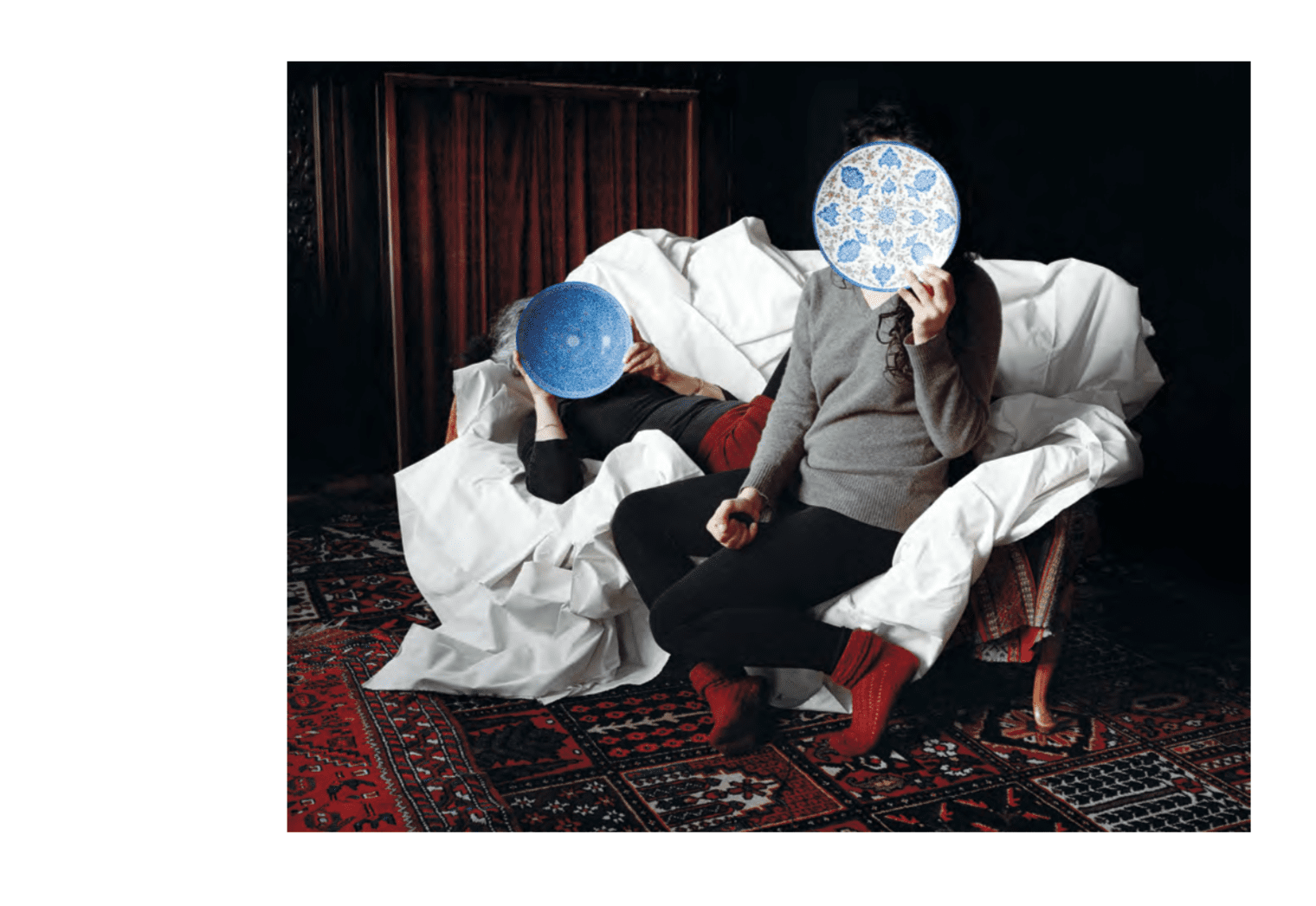
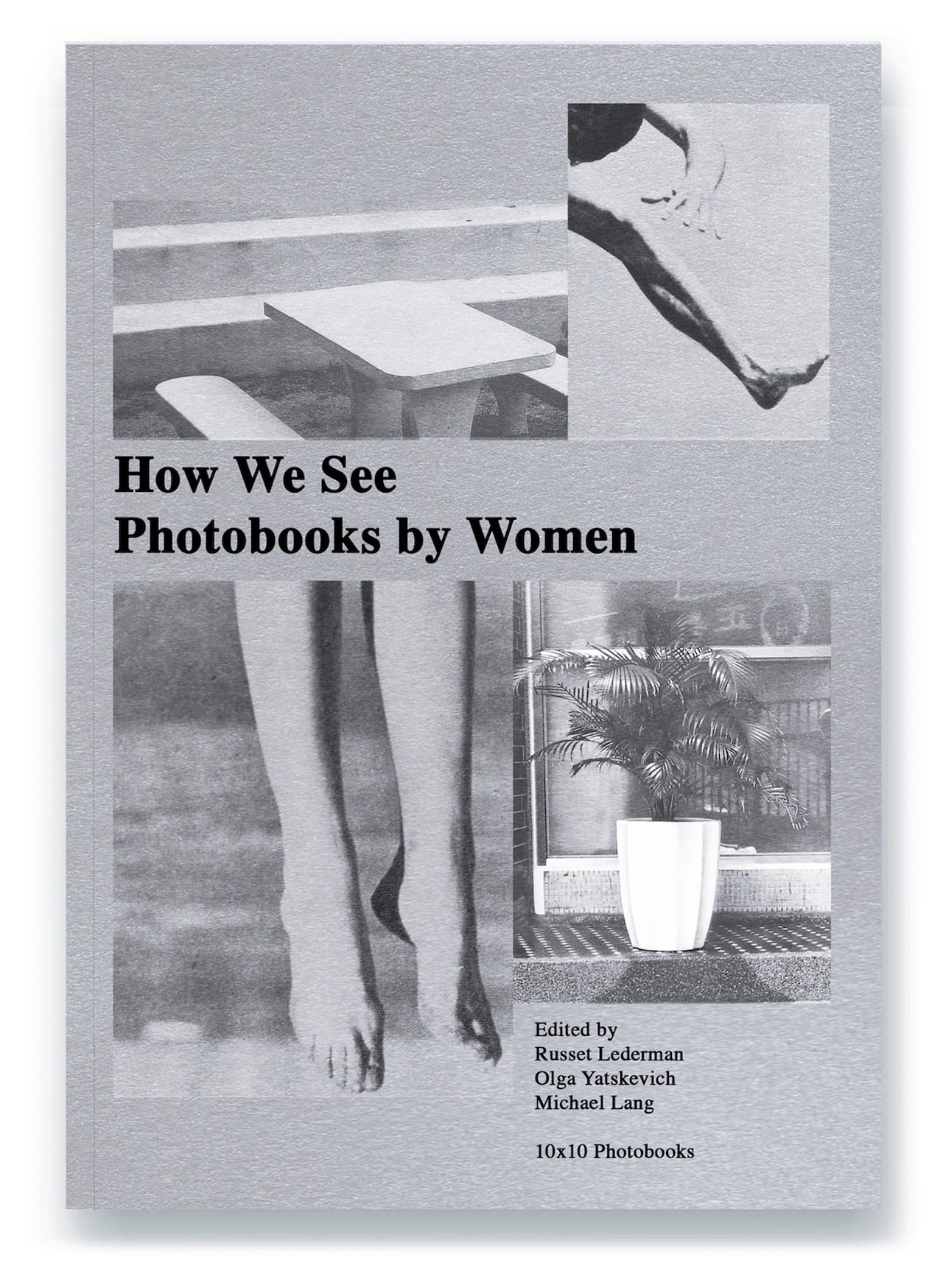
History confirms it – the first photobook was made by a woman, with British photographer Anna Atkins publishing Photographs of British Algae: Cyanotype Impressions in 1843, a year before Henry Fox Talbot’s The Pencil of Nature. Still, many historians, including Allan Porter in his introduction to The Photobook: A History, dismiss Atkins’ work as “photographic prints” rather than photography.
“Unfortunately, this is far too often emblematic of the uphill battle women photobook-makers still encounter when we talk about their history,” says Russet Lederman, co-founder of 10×10 Photobooks. “As we conducted research for the How We See project, we discovered that although women photographers produce relatively equal numbers of photobooks to men, their representation in the higher-profile sectors was, and still is, disappointing.”
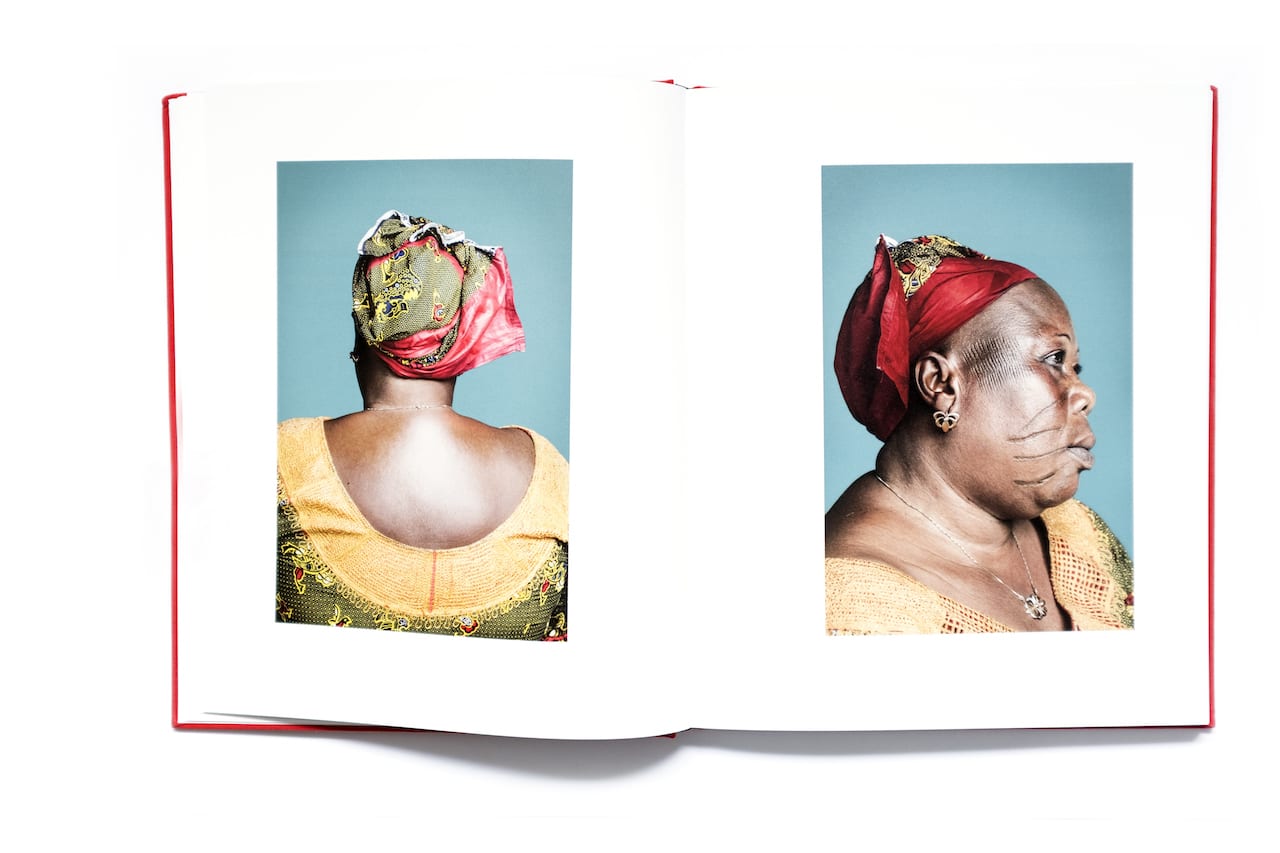
Only a small percentage of the 400 books that Ben Krewinkel has collected and featured on his website, Africa in the Photobook, are actually African. Many are historical publications, political pamphlets, or children’s books, written, photographed, and published by Europeans – including old colonial texts, which seem to obsess over hairstyles and traditions of scarification. Even the books by contemporary African photographers are mostly published in the West. As a collection that covers more than a century from 1897 to 2018, Africa in the Photobook follows the changing visual representations of the continent through the medium of the photobook – and soon it too will be transformed into a series of photobooks.
Krewinkel, a Dutch photographer, curator, and educator, is working with South African publishers Fourthwall Books on this series, and hopes to publish volume I by the end of 2019. Focusing on Africa under colonialism, it will include a long historical introduction, 40 case studies, and plenty of space to show large spreads from the books. Volume II will sketch a path from the beginnings of decolonisation in the 1950s to the late 1990s, marking the end of Apartheid and also the “re-evaluation of African photography”. Krewinkel then hopes to create a third volume, focusing on contemporary African photo books.
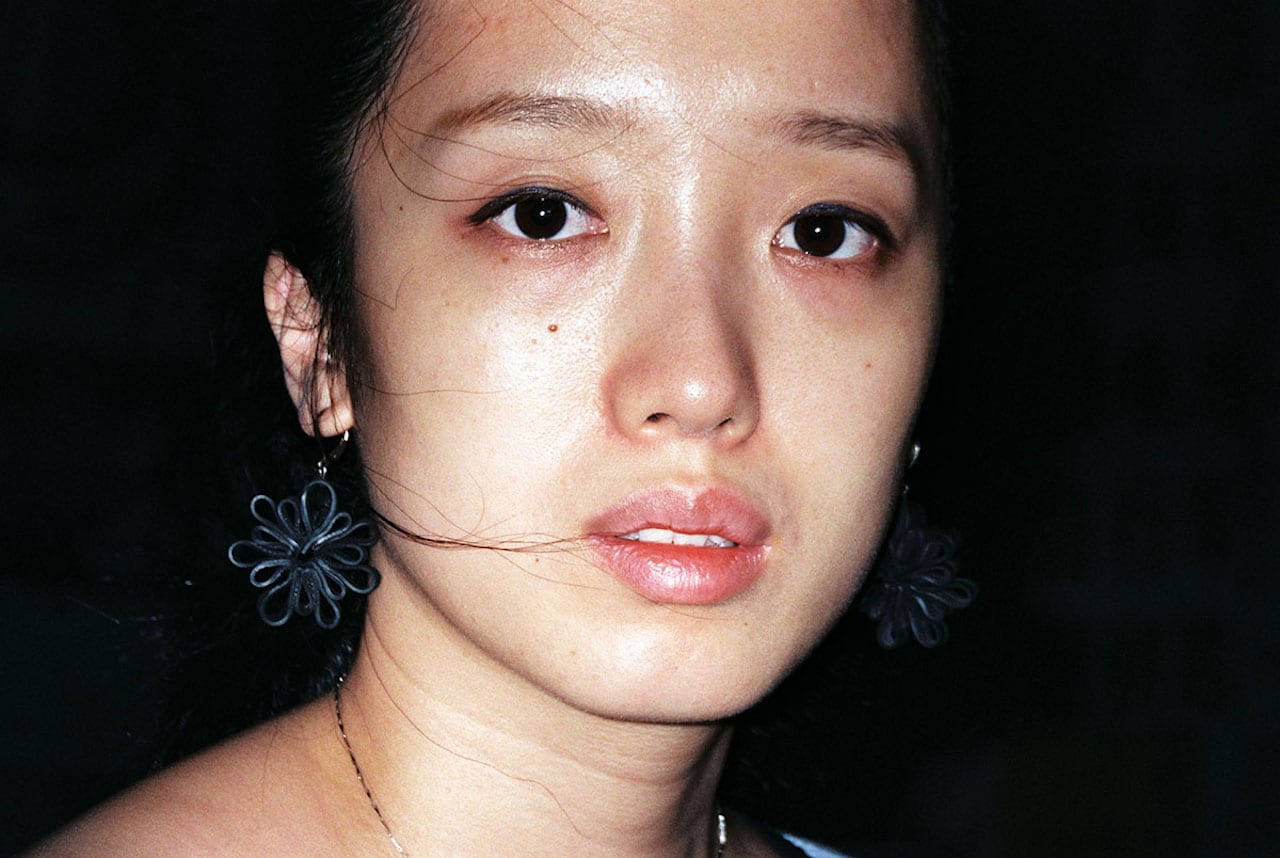
Founded in 2015 by Chinese photographer RongRong (who also also founded China’s first photography museum, Three Shadows Photography Art Centre) with Sam Stourdzé, director of Rencontres d’Arles, the Jimei x Arles International Photo Festival is the biggest of its kind in China. It returns this November with 30 exhibitions by over 70 artists, including shows brought over from Arles and exhibitions devoted to emerging Chinese image-makers.
The Jimei x Arles Discovery Award nominees features work by ten new Chinese photographers, for example – with one image-maker selected from the show to win 200,000 RMB plus a place in Arles’ prestigious Discovery Awards. This year the nominees are: Coca Dai (1976), Hu Wei (1989), Lei Lei (1985), Pixy Liao (1979), Lau Wai (1982), Shao Ruilu (1993), Shen Wei (1977), Su Jiehao (1988), Wong Wingsang (1990), and Yang Wenbin (1996)
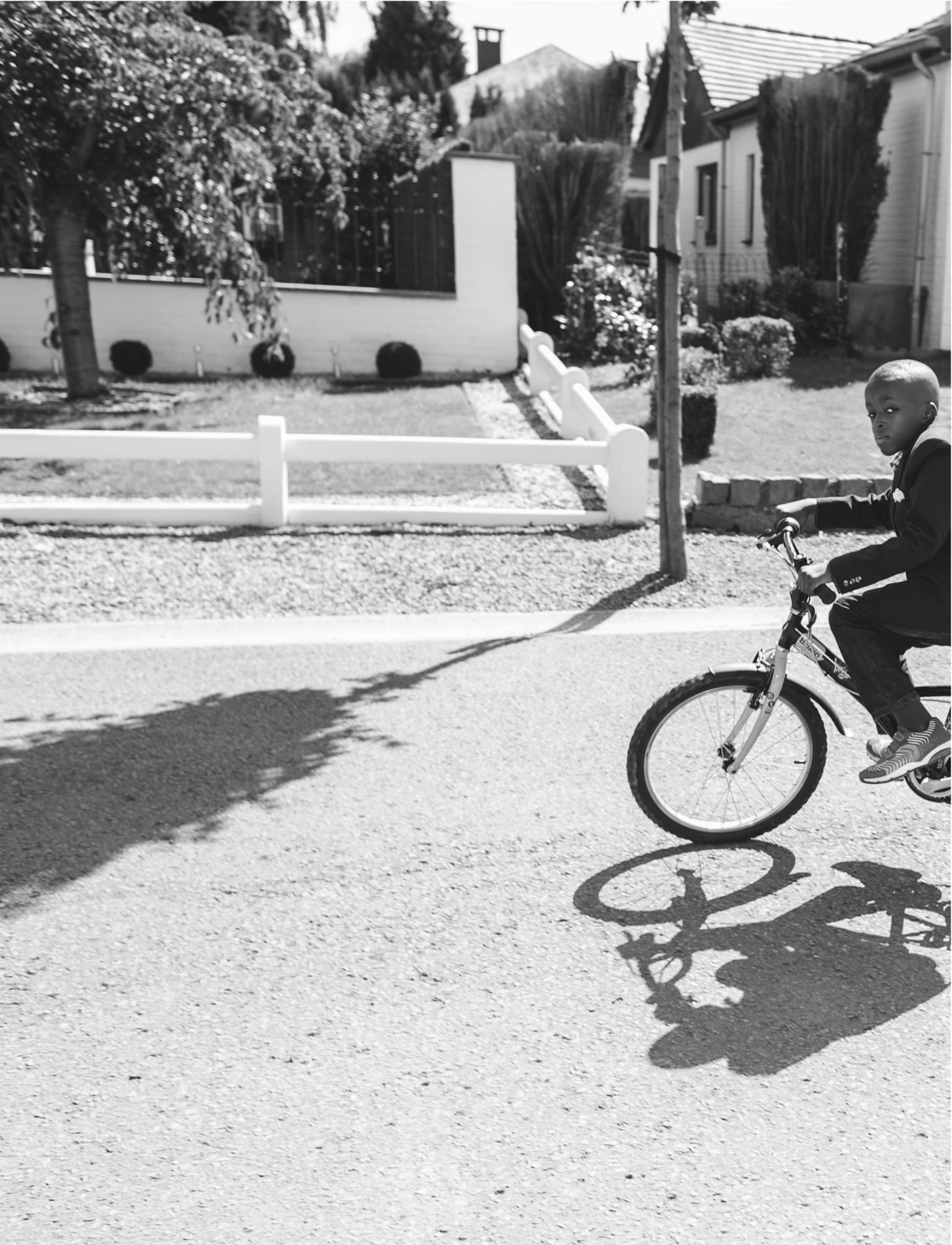
Brussels-based photographer Rebecca Fertinel has won the Unseen Dummy Award with her book Ubuntu. The book was shot in a Congolese community in Belgium, which Fertinel first visited in August 2015, when she was invited to a wedding by a friend. Whilst there she was introduced to a warm and friendly society, and the concept of “ubuntu” – the idea that “you become a human being by connecting with everything and everyone”.
The judges were particularly impressed with the editing of Fertinel’s book proposal which, they say, “transforms documentary photography into an unexpected narrative flow of community events”. The images move from one party to another party to a funeral, for example, the latter creating “a kind of breaking point” in the middle of the book, creating “a kind of dance where you don’t know what comes after”, and thereby summing up something about life.

Last week, a group of Croatia’s leading cultural pioneers welcomed the 10th jubilee edition of…
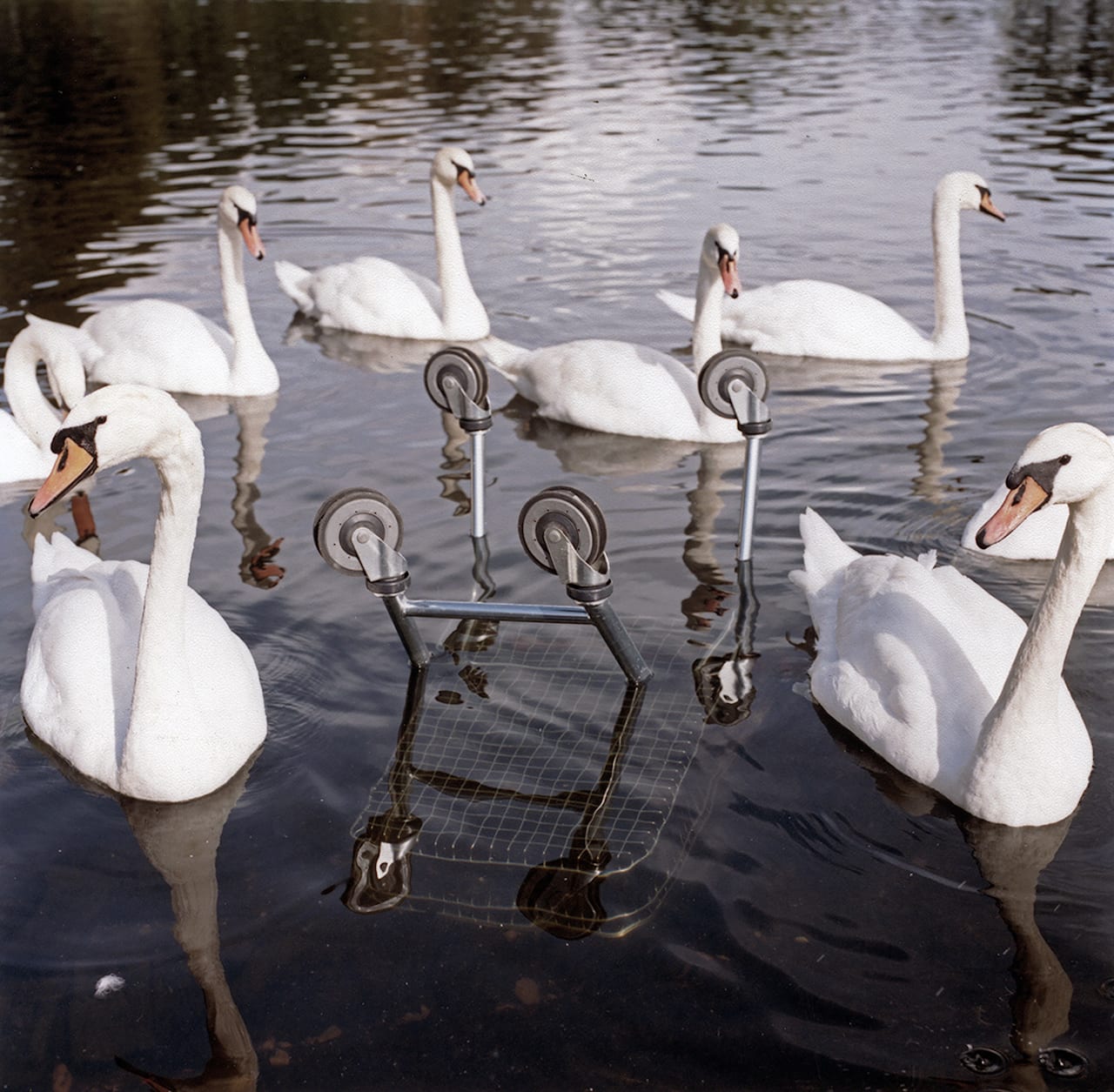
“I’m usually looking for things that surprise me, things that have a deeper significance, a sense of humour, I suppose. I’m always open to what happens in life, because it tends to be more interesting than anything you can imagine.”
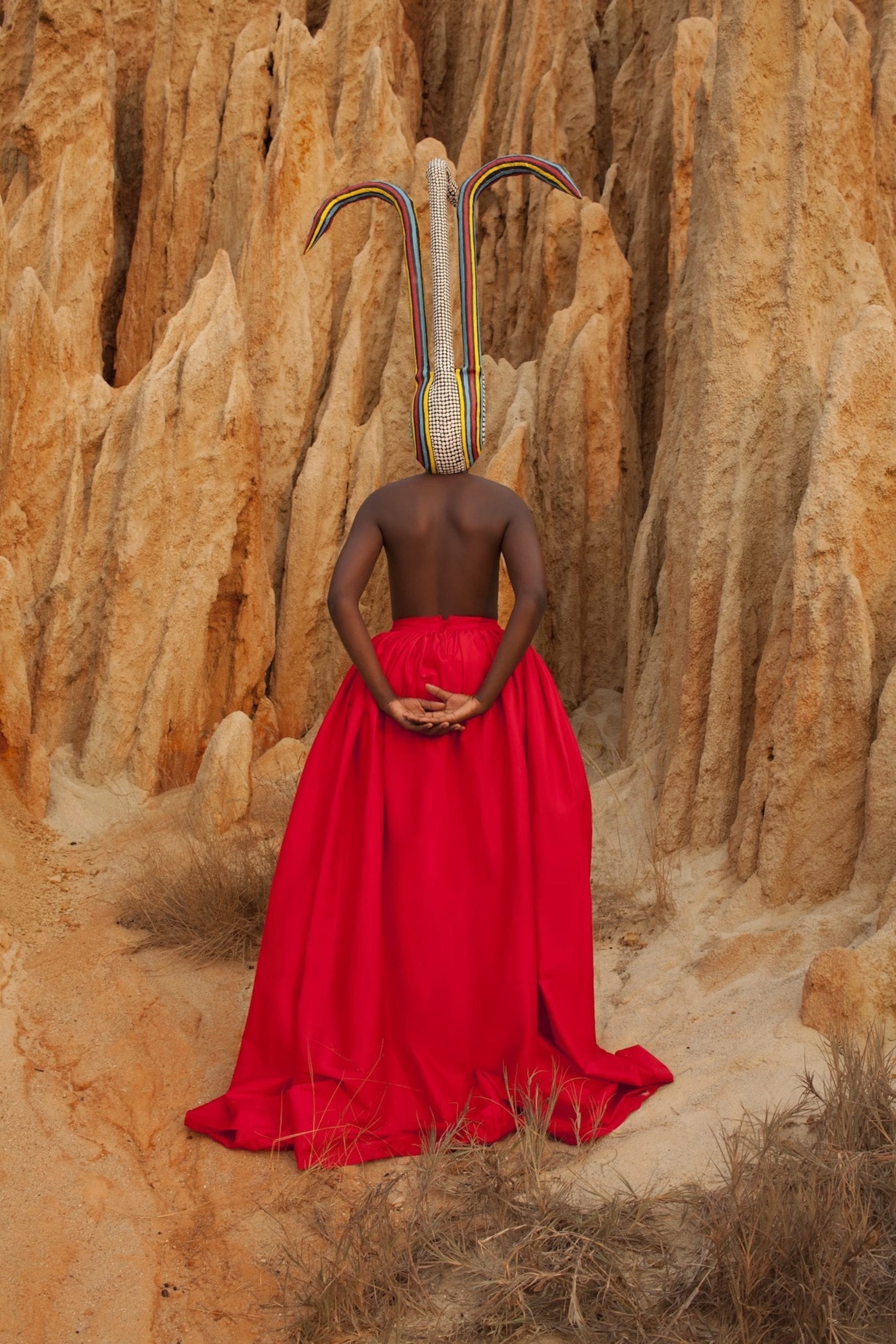
Now in its seventh edition, Unseen Amsterdam has confirmed itself as one of Europe’s most…
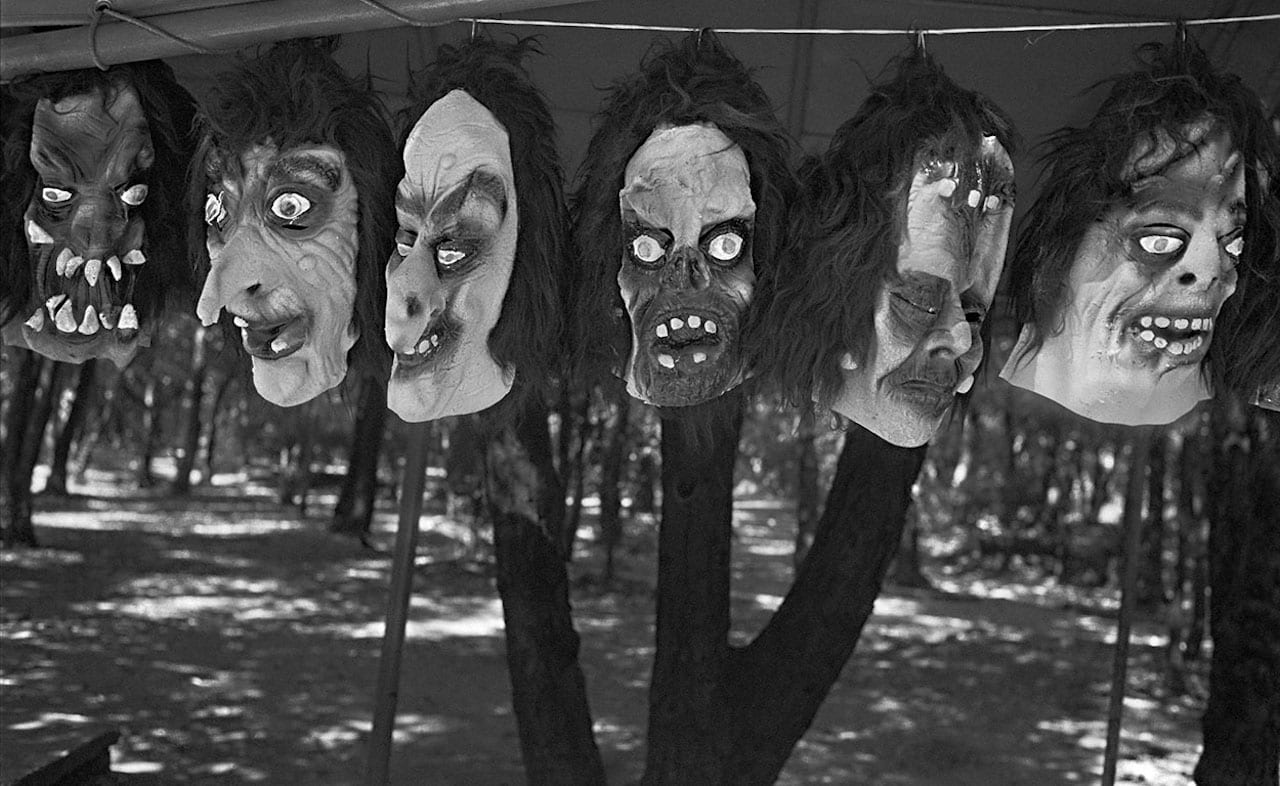
Between 1993 and 2010, Harvey Stein visited Mexico 14 times, which makes every year bar three. Fascinated by what he found, he photographed communities in small towns and villages, mostly during festivals such as Day of the Dead, Easter, and Independence Day.
In his new book, Mexico – Between Life and Death, Stein explores the disparities of a culture he became fascinated by, showing Mexico as a country of contrast – where life meets death, deep-rooted tradition meets creeping progress, and religious belief meets worldly corruption.

It is difficult to unravel, in many of the stories that Max Pinckers tells, where fiction became unstuck from fact. Or how the characters in his photographs can look back out at the world so boldly, shake their heads at reality as most people see it, and tell stories that fly in its face. But for the Brussels-based photographer, the six curious individuals in his latest book, Margins of Excess – including a boy who compulsively hijacks trains, and a private detective with prosthetic hands – lead the way to understanding documentary photography’s role in the ‘post-truth’ era.
One such character, an American amateur inventor with a mane of silken hair, sat at the kitchen table of his home in Dunnellon, Florida and told Pinckers that he believed he had become the media’s new Osama bin Laden. “My name is Richard Heene. A few years ago I got into a bit of trouble,” said the forty-something showman, detailing the events that led him to end up behind bars.